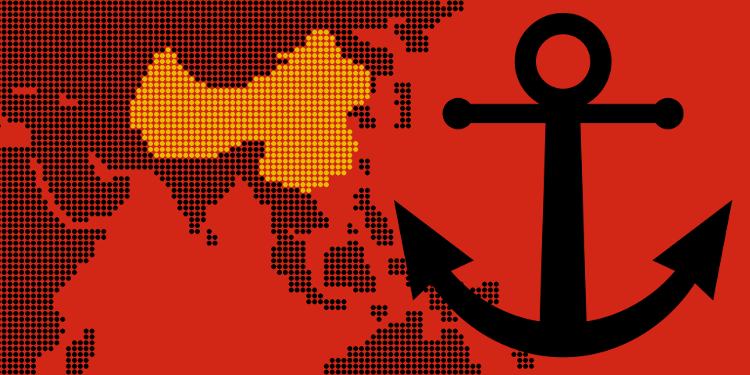Biden is creating a special center within CIA for China. Xi Jinping is irate. Biden knows China almost as well as Trump. He met with Chinese officials as Vice President. While Trump played a “good cop” routine on China, Biden is in a better position to be less diplomatic. After all, hating on China does well in the polls, which Biden desperately needs for Democrats.
The US has been secretly training Taiwan special forces for over a year. The revelation comes from a report, officially recognized by the Pentagon. This all comes in the context of the US reaffirming its dedication to Taiwan.
Is the US trying to deter invasion from China by affirming commitment to stopping China? Or, is the US trying to provoke China by affirming commitment under the guise of deterring invasion from China? Which is it? In geopolitical strategy terms, the answer is: yes. In military buildup, deterring is provocation and provocation is deterrence; but wars are started because people want them to start. Deterrence and provocation are merely measures we take to excuse what we really want.
If the US didn’t want a war with China, then shipping jobs to China would never have been allowed in the first place. But, coupon clippers and Washington big hats agreed on the path that brought us here. And, make no mistake about it: we are here. Now, the world only needs one foreseeable yet somehow unforeseen surprise to spin the accelerating wheel into going out of control.

